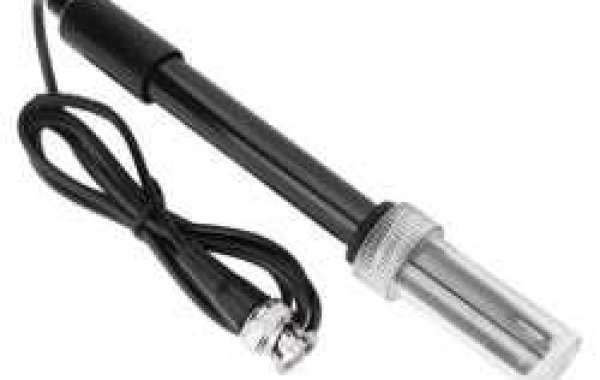In the dynamic world of manufacturing, efficiency and precision are paramount to success. One area where these qualities can be maximized is in the assembly of doors. Door assembly line automation has emerged as a game-changer, streamlining production processes, enhancing quality control, and ultimately boosting overall output. In this article, we will explore how door assembly line automation is transforming the manufacturing landscape and revolutionizing the way doors are produced.
The Need for Automation in Door Assembly
Traditional manual door assembly processes can be labor-intensive, time-consuming, and prone to errors. As the demand for doors continues to rise, manufacturers are under pressure to deliver products quickly without compromising on quality. This is where automation steps in. By automating various stages of the assembly process, manufacturers can achieve consistency, reduce human error, and significantly increase production capacity.
Key Aspects of Door Assembly Line Automation
Precise Measurement and Cutting: Automation begins with accurate measurements and cutting of door components. Advanced robotic systems equipped with precision tools ensure that each piece is cut to the exact specifications, minimizing material waste and optimizing the use of resources.
Component Alignment: Proper alignment of door components is critical for seamless assembly. Automation systems use advanced sensors and algorithms to ensure precise alignment, resulting in doors that fit perfectly together without any gaps or misalignments.
Automated Fastening: Fastening components together is a crucial step in door assembly. Automation systems utilize robotic arms equipped with specialized tools to apply the right amount of force and torque during fastening, ensuring secure and uniform attachment of components.
Quality Control: Automation enables real-time quality control through the use of cameras, sensors, and monitoring software. Defects, inconsistencies, or imperfections can be detected and addressed immediately, preventing subpar products from reaching the market.
Sealing and Finishing: Automation can include processes such as sealing, painting, and finishing. Robotic systems can apply coatings, finishes, and sealants with precision, resulting in doors that not only look aesthetically pleasing but also have enhanced durability and weather resistance.
Benefits of Door Assembly Line Automation
Increased Productivity: Automation accelerates production processes, allowing manufacturers to produce a higher volume of doors in a shorter amount of time. This increased output can help meet growing market demands and stay competitive.
Consistent Quality: Automated processes ensure consistent and uniform assembly, reducing the likelihood of defects or variations in the final product. This leads to higher customer satisfaction and fewer returns or recalls.
Enhanced Safety: Automation removes workers from potentially hazardous tasks, improving workplace safety. Human workers can focus on supervising and managing the automated systems, reducing the risk of accidents and injuries.
Reduced Costs: While the initial investment in automation technology can be substantial, the long-term cost savings are significant. Automation reduces labor costs, minimizes material waste, and improves overall operational efficiency.
Flexibility and Adaptability: Modern automation systems are designed to be flexible and easily reprogrammed for different door models or customization options. This adaptability allows manufacturers to respond swiftly to changing market trends and customer preferences.
Data-driven Insights: Automated systems collect valuable data throughout the production process. Manufacturers can analyze this data to identify areas for further optimization, fine-tuning processes and making informed decisions for continuous improvement.
For More Info:-
Door hinge mortising equipment
Industrial door production lines









